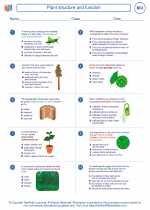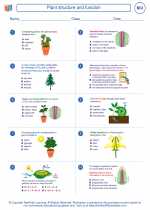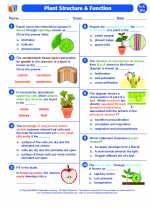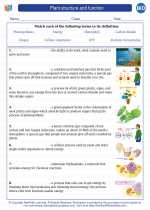Compression
Compression is a force that acts to squeeze or compact an object or substance. In biology, compression can refer to the application of force to a biological structure, such as the compression of the chest during cardiopulmonary resuscitation (CPR) or the compression of tissues in the body due to external forces.
Types of Compression
There are several types of compression that are relevant in biology:
- Mechanical Compression: This involves the application of physical force to compress a biological structure. For example, the compression of a blood vessel due to external pressure.
- Compression in Cells: Within cells, organelles and structures can experience compression due to various cellular processes, such as the compression of the cytoskeleton during cell division.
- Compression in Tissues and Organs: Tissues and organs in the body can experience compression due to external forces, such as the compression of lung tissue during breathing.
Biological Effects of Compression
Compression can have various effects on biological structures, including:
- Changes in shape and structure
- Alterations in cellular function
- Impact on physiological processes, such as blood flow and nutrient transport
- Potential for injury or damage to tissues
Study Guide
When studying the topic of compression in biology, consider the following key points:
- Understand the concept of compression and its implications in biological systems.
- Learn about the various types of compression and their specific examples in biology.
- Explore the biological effects of compression and how it can impact cellular and physiological processes.
- Consider real-life scenarios where compression plays a significant role, such as in medical emergencies or biomechanics.
- Review case studies and research articles related to compression in biology to gain a deeper understanding of its importance.
By mastering the concept of compression in biology, you will be able to appreciate its relevance in various biological processes and applications.
.◂Biology Worksheets and Study Guides High School. Plant structure and function
Worksheet/Answer key Plant structure and function
Plant structure and function  Worksheet/Answer key
Worksheet/Answer key Plant structure and function
Plant structure and function  Worksheet/Answer key
Worksheet/Answer key Plant structure and function
Plant structure and function  Worksheet/Answer key
Worksheet/Answer key Plant structure and function
Plant structure and function  Vocabulary/Answer key
Vocabulary/Answer key Plant structure and function
Plant structure and function  Vocabulary/Answer key
Vocabulary/Answer key Plant structure and function
Plant structure and function 

 Worksheet/Answer key
Worksheet/Answer key
 Worksheet/Answer key
Worksheet/Answer key
 Worksheet/Answer key
Worksheet/Answer key
 Vocabulary/Answer key
Vocabulary/Answer key
 Vocabulary/Answer key
Vocabulary/Answer key

The resources above cover the following skills:
Concepts of Life Science (SC1, SC2, SC3)
The student demonstrates an understanding of the structure, function, behavior, development, life cycles, and diversity of living organisms by describing the structure-function relationship